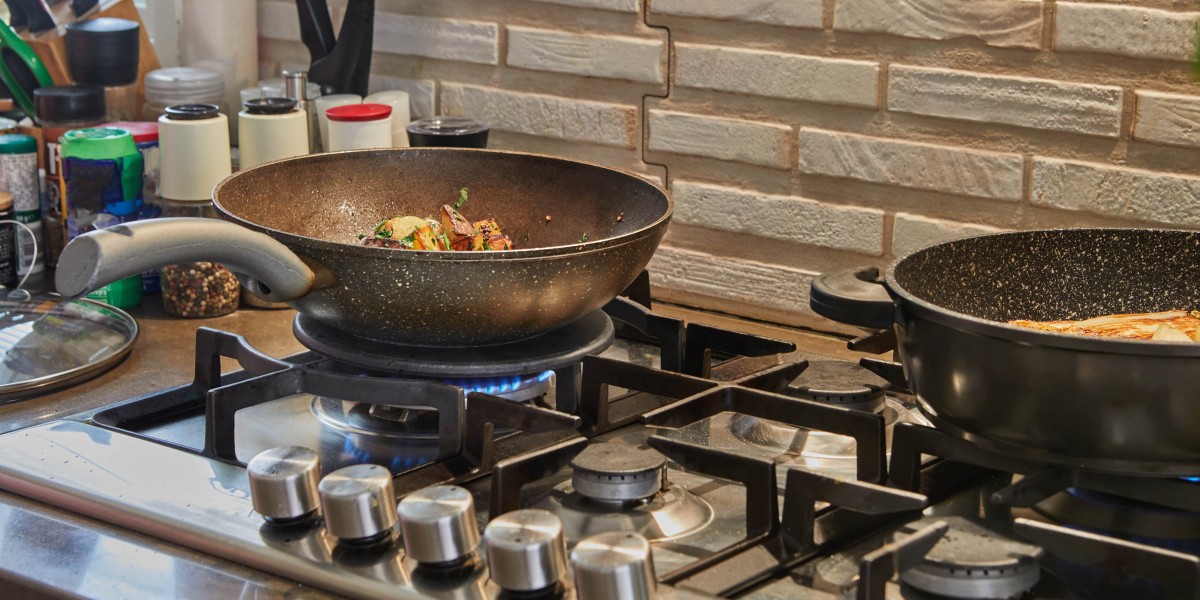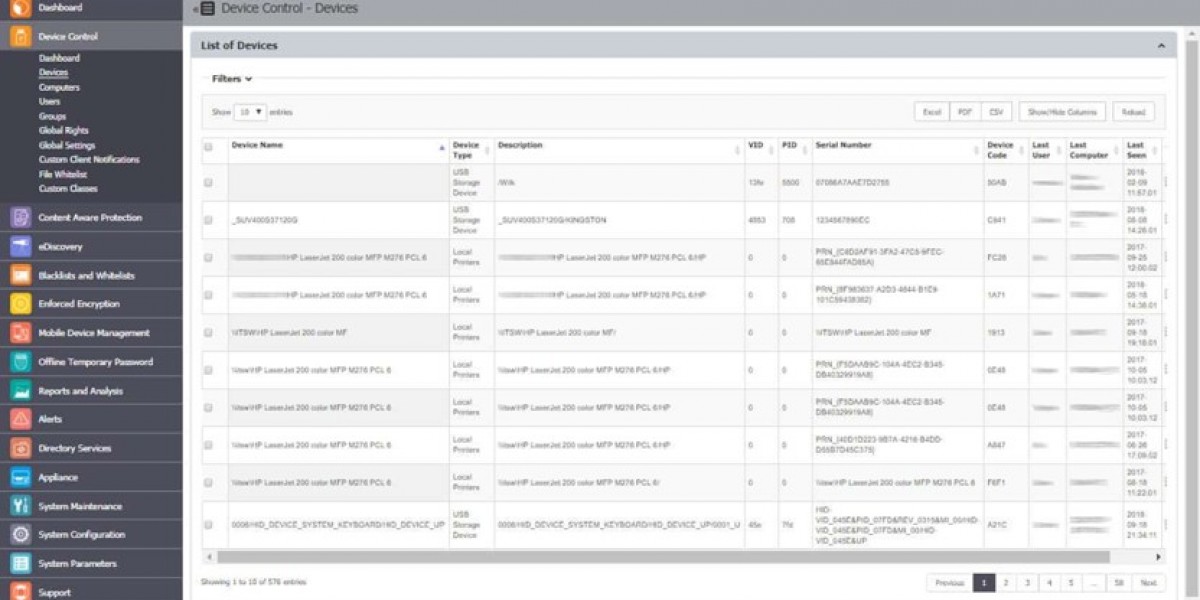
The Comprehensive Guide to Built-In Cookers and Hobs
Built-in cookers and hobs have ended up being significantly popular in modern cooking areas, providing both performance and aesthetic appeal. These integrated appliances, developed to fit effortlessly into kitchen cabinets, optimize area while improving the cooking experience. This article will explore the various kinds of built-in cookers and hobs, their advantages, maintenance tips, and often asked concerns.
Comprehending Built-In Cookers and Hobs
Built-in cookers normally include ovens, while hobs refer to the cooking surface that can include different heating components such as burner, electric coils, or induction zones. When integrated, these two appliances create an efficient and structured cooking setup.
Kinds Of Built-In Cookers and Hobs
When choosing a built-in cooker and hob, it's necessary to comprehend the different types readily available. Here's a comprehensive table comparing the primary types:
| Type | Description | Pros | Cons |
|---|---|---|---|
| Gas Hob | Utilizes gas as a fuel source. | Quick heat adjustment, cooking control. | Requires gas line setup. |
| Electric Hob | Utilizes electric coils or strong plate heating. | Usually less costly, easy to tidy. | Slower to heat and cool down. |
| Induction Hob | Utilizes electromagnetic energy for cooking. | Quick heating, energy-efficient, safe. | Costly, needs compatible cookware. |
| Built-In Oven | Can be electric, gas, or mix. | Versatile cooking alternatives, various sizes. | Fixed location, prospective setup intricacy. |
Benefits of Built-In Cookers and Hobs
Space-Saving Design: Built-in units save area by incorporating flawlessly into the kitchen design, leaving more room for storage and counter tops.
Aesthetic Appeal: They supply a sleek and contemporary appearance, elevating the style of any kitchen.
Personalization: With numerous designs and configurations, property owners can choose appliances that best match their cooking routines and kitchen measurements.
Enhanced Functionality: Built-in cookers often feature advanced functions such as self-cleaning options, multiple cooking modes, and programmable timers.
Safety Features: Modern hobs include functions like automated shut-off and child locks, boosting security in the kitchen.
Maintenance Tips for Built-In Cookers and Hobs
To guarantee the longevity and optimal efficiency of built-in cookers and hobs, correct upkeep is important. Below are important maintenance ideas:
Regular Cleaning: Wipe spills and spots instantly to prevent them from solidifying or becoming harder to clean up.
Use Appropriate Cleaning Supplies: Avoid abrasive products that can scratch surface areas. Use cleaner specifically created for the type of appliance you have.
Check Gas and Electrical Connections: Regular evaluations can prevent leakages and make sure optimum efficiency.
Calibrate Temperature Settings: If you notice inconsistencies in cooking temperature levels, think about recalibrating the oven.
Set Up Professional Servicing: Annual check-ups can help identify and remedy minor concerns before they intensify.
Choosing the Right Built-In Cooker and Hob
When selecting a built-in cooker and hob, Ovensandhobs.Uk several elements must be considered:
1. Cooking Preferences:
- If you take pleasure in fast temperature level modifications, a gas hob may be perfect.
- For energy efficiency and consistent cooking, induction hobs are chosen.
2. Kitchen Size:
- Consider the space readily available for installation. Procedure cabinets and other appliances to ensure the chosen unit fits easily.
3. Design and style:
- Opt for designs that match your kitchen's décor. built in electric oven and hob-in units come in numerous surfaces, such as Top-Quality SIA 60cm Stainless Steel Electric Oven-steel, black, or customized cabinetry.
Bosch Serie 4 Built-in Oven with 3D Hotair. Spending plan:
- Establish a spending plan that consider purchase costs, setup charges, and long-term operating costs.
5. Brand Reputation:
- Research trusted brand names understood for dependability and customer care. Reading evaluations and seeking recommendations can likewise be useful.
Often Asked Questions (FAQs)
Q1: Are built-in cookers and hobs more expensive than conventional units?A1: Generally, Baridi 60cm Built-In Fan Oven - 55L Capacity cookers and hobs can be more expensive upfront due to setup and style. Nevertheless, they might offer long-term savings through energy efficiency.
Q2: Can I set up a built-in cooker or hob myself?A2: While some might be installed by homeowners, it is often recommended to work with an expert, especially for gas or complex electrical connections, to ensure security and compliance with regional codes.
Q3: What is the average lifespan of built-in cookers and hobs?A3: With appropriate care, built-in cookers and hobs can last anywhere from 10 to 15 years. Regular maintenance can extend their life.
Q4: Is it possible to integrate various types of hobs with the very same oven?A4: Yes, numerous kitchen areas include a combination of hobs (e.g., gas and induction) along with a built-in oven, enabling for flexible cooking options.

Q5: How do I understand if my hob is energy-efficient?A5: Look for energy efficiency scores and consider induction hobs, which usually provide exceptional energy performance compared to gas or standard electric hobs.
Built-in cookers and hobs use a mix of contemporary design and advanced cooking innovation, enhancing any kitchen's performance and design. By comprehending the different types available, their benefits, and upkeep needs, house owners can make educated decisions when investing in these necessary kitchen appliances. With proper choice and care, built-in cookers and hobs can supply years of enjoyable cooking and a smooth kitchen experience.







